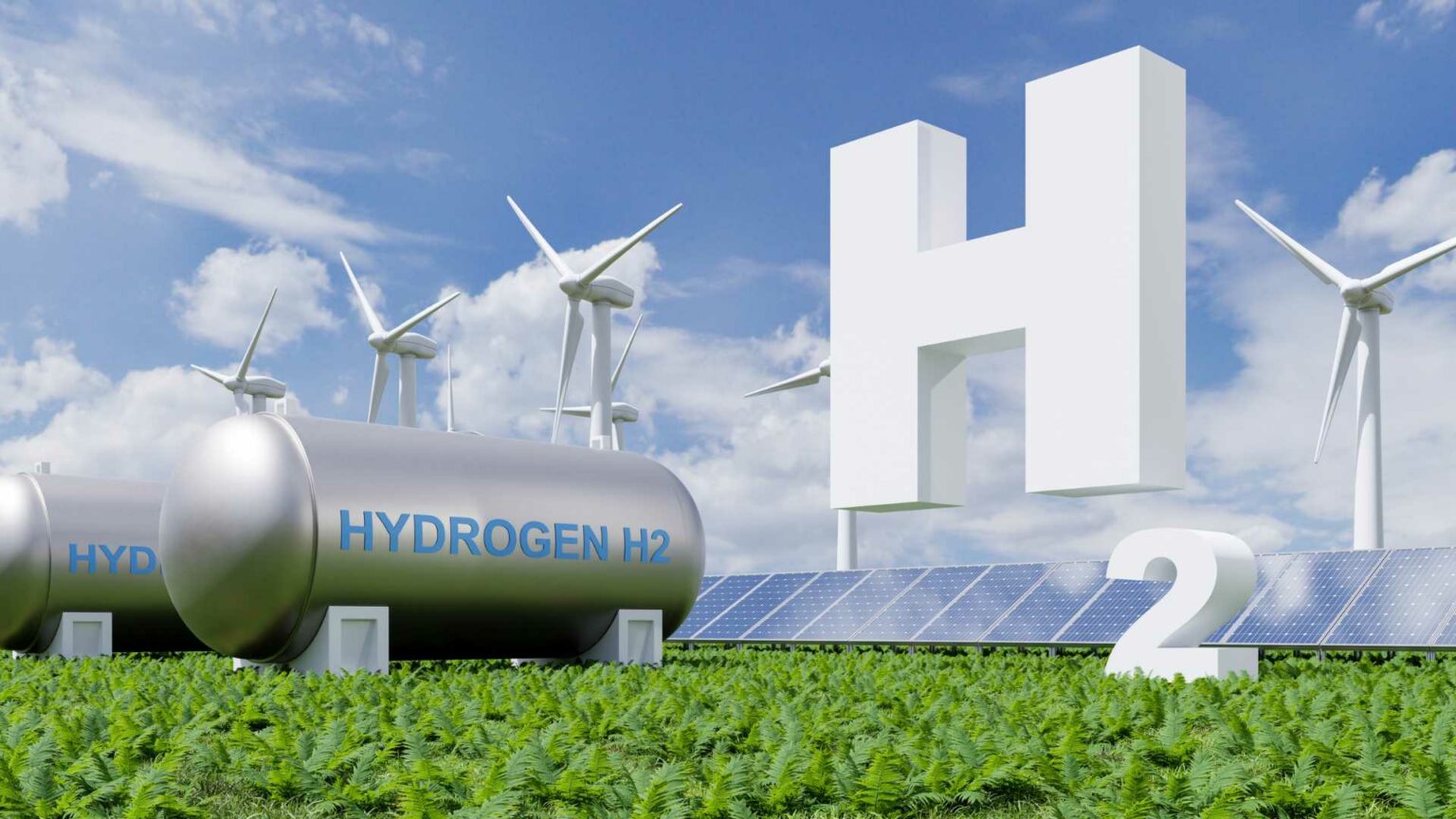Hy2gen USA, in collaboration with Ocean Connect Energy (OCE), has signed a memorandum of understanding (MoU) to explore the viability of powering renewable hydrogen production from offshore wind.
The MoU between Hy2gen USA and OCE aims to investigate and develop favorable locations for renewable hydrogen production powered by gigawatt-scale offshore wind energy. By leveraging OCE’s expertise in wind energy development and Hy2gen’s focus on hydrogen production, the collaboration seeks to identify areas where green hydrogen production can complement offshore wind projects effectively.
One of the key benefits touted by Hy2gen USA is the potential to alleviate grid transmission constraints by situating green hydrogen production facilities near offshore wind energy generation points. This strategy could mitigate the need for extensive infrastructure investments while creating a more predictable demand for offshore wind energy.
Hy2gen’s strategic approach aligns with the clean hydrogen regulatory framework outlined in the 2022 Inflation Reduction Act and forthcoming guidelines from the U.S. Department of Treasury. By positioning itself within anticipated regulatory guidelines, Hy2gen aims to navigate the evolving policy landscape to its advantage.
While the concept of coupling offshore wind with green hydrogen production appears promising, technical feasibility remains a critical consideration. Challenges such as electrolyzer efficiency, scalability, and integration with existing infrastructure must be addressed to ensure the viability of such projects.
Establishing a robust supply-demand relationship between renewable hydrogen producers and offshore wind developers is essential for project success. Hy2gen and OCE must navigate market dynamics to ensure reliable offtake agreements, providing the necessary confidence to advance development initiatives.
The collaboration between Hy2gen USA and OCE underscores the importance of industry partnerships in driving clean energy innovation. By leveraging each other’s expertise, the two companies aim to accelerate the development of renewable hydrogen projects and contribute to the broader transition to sustainable energy.
